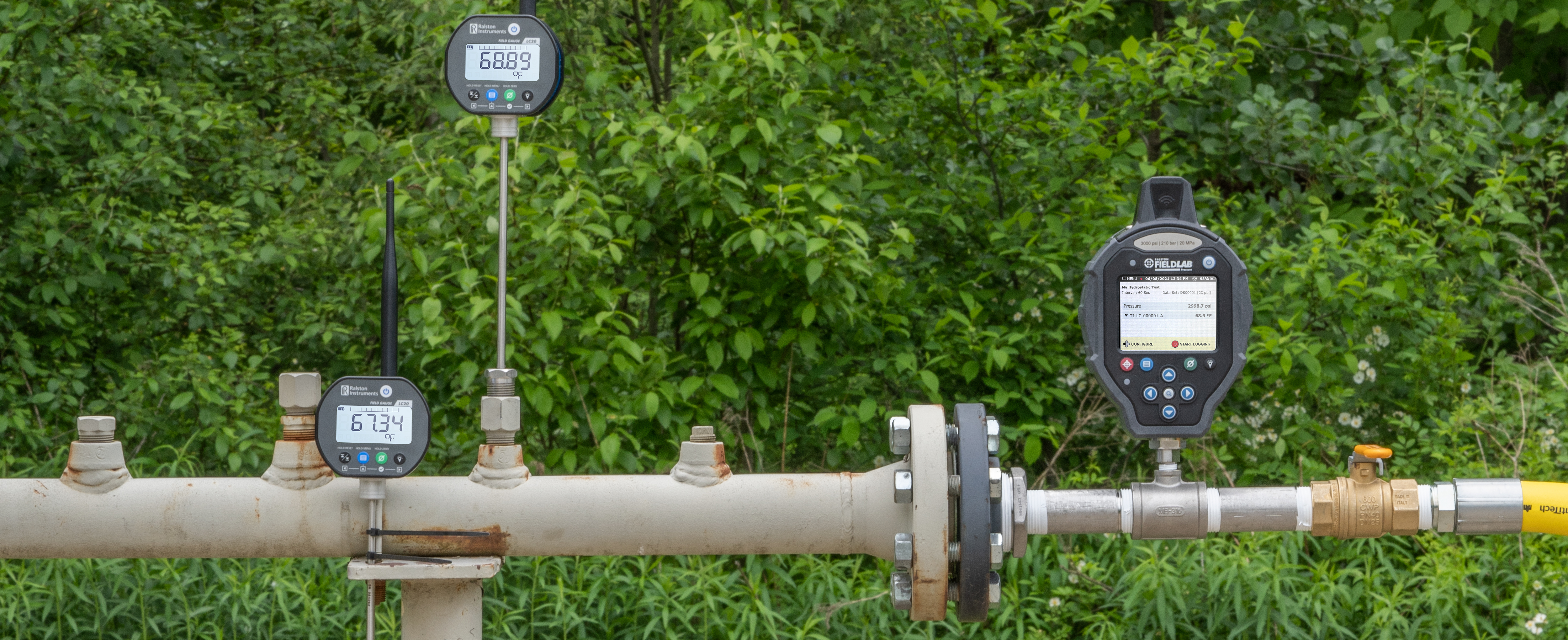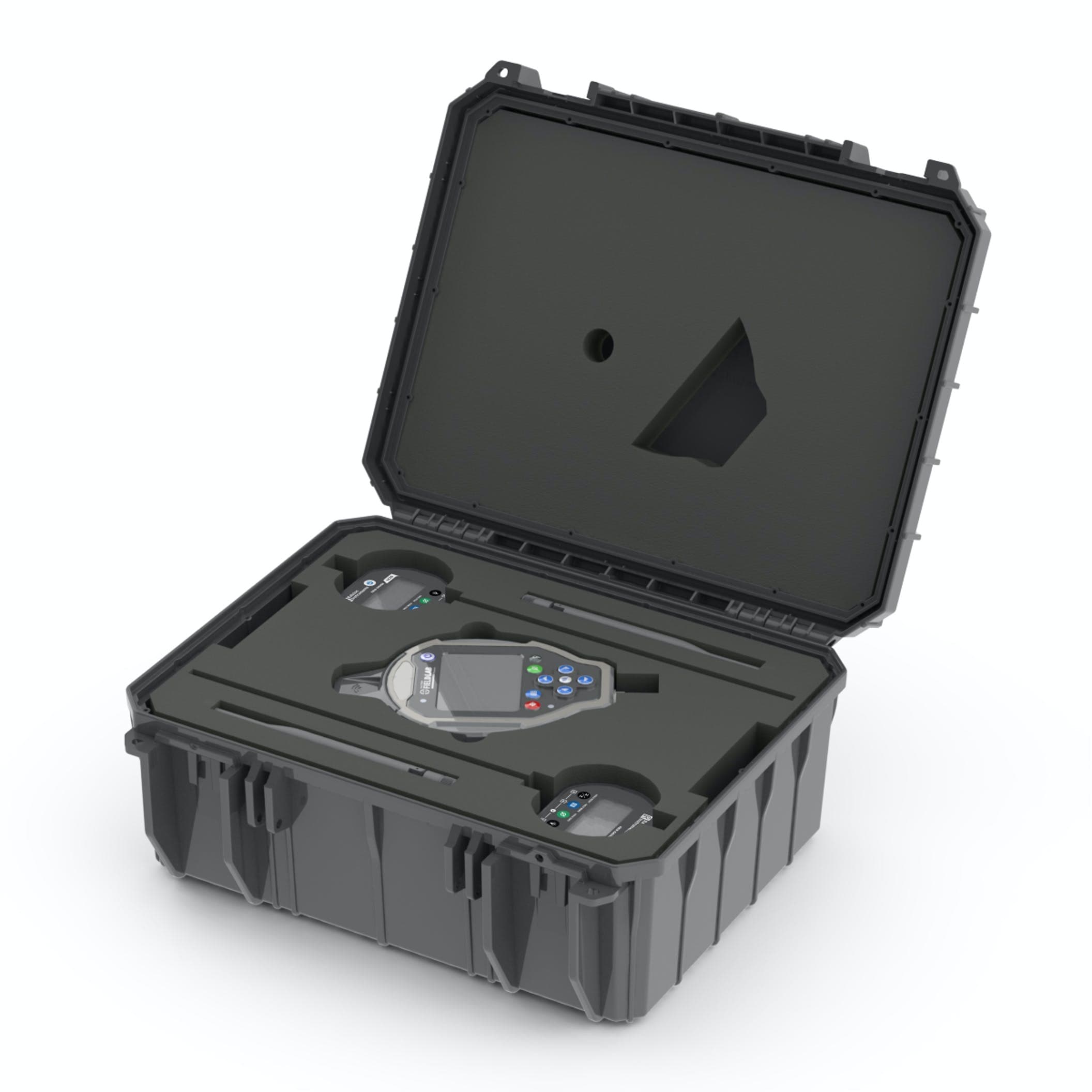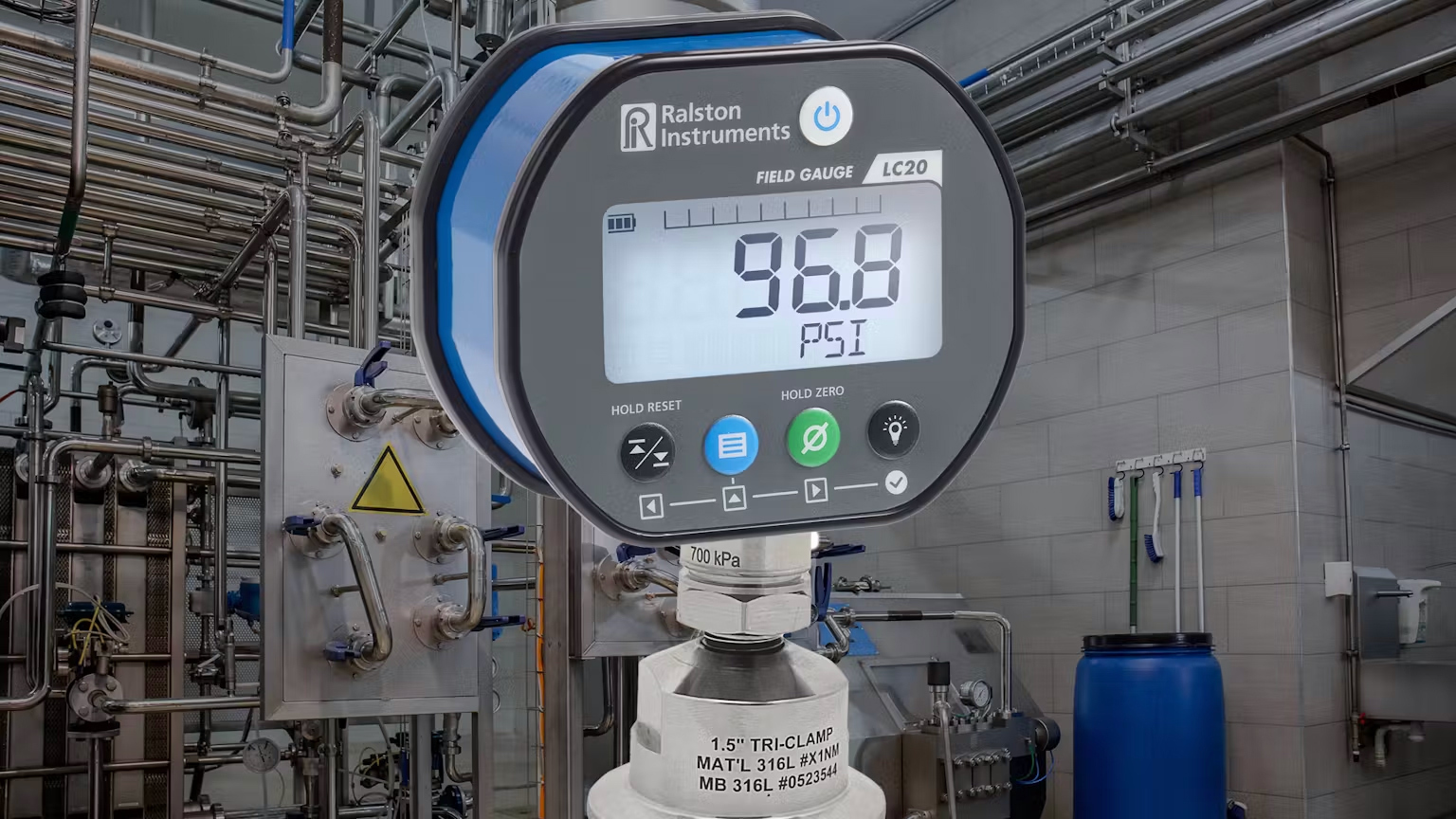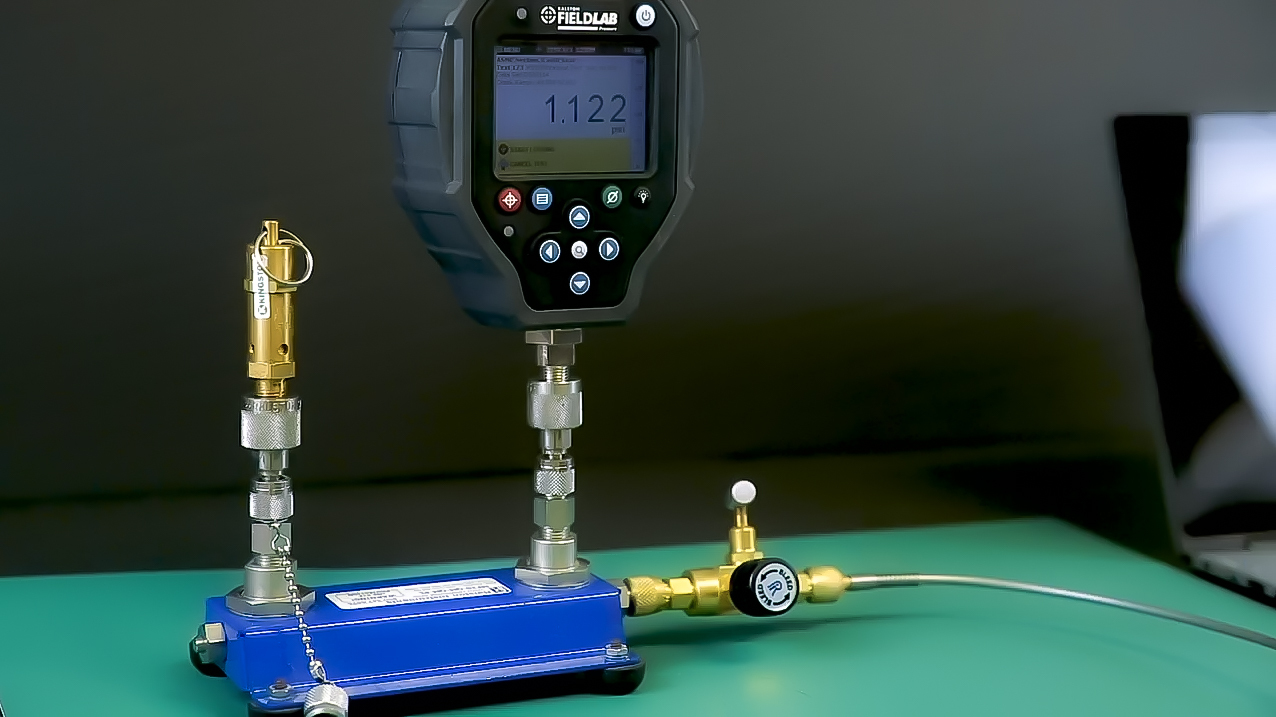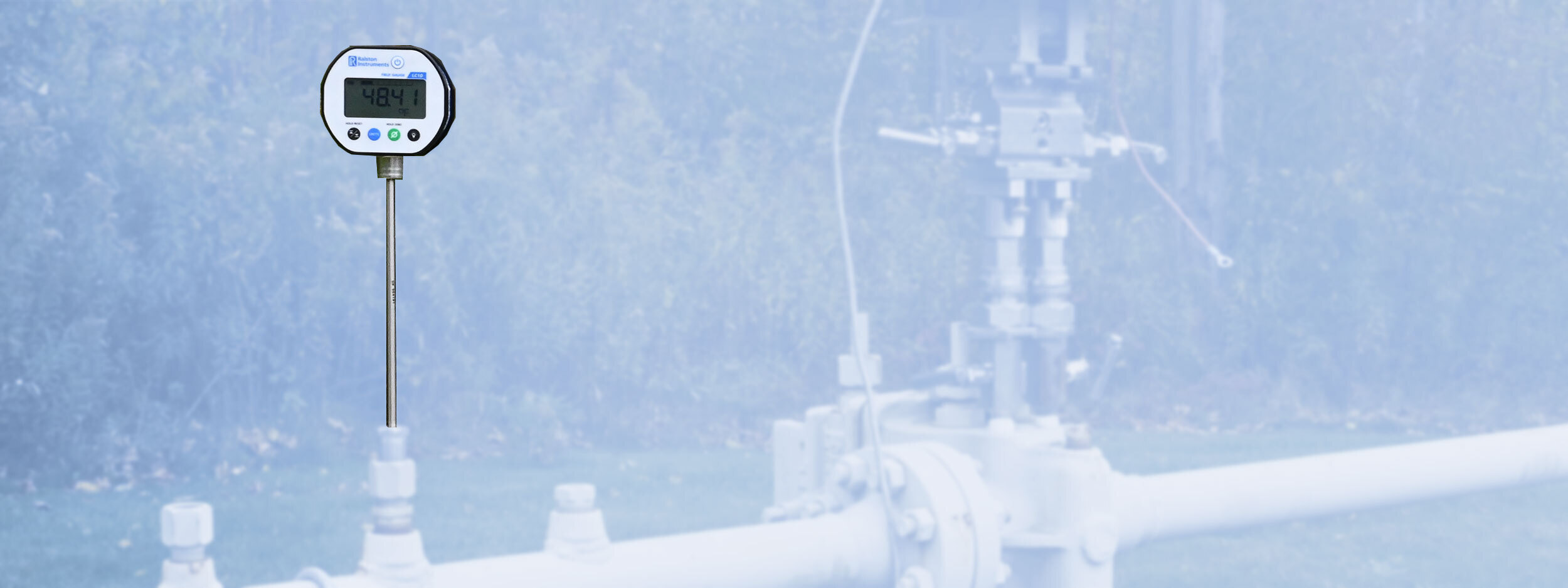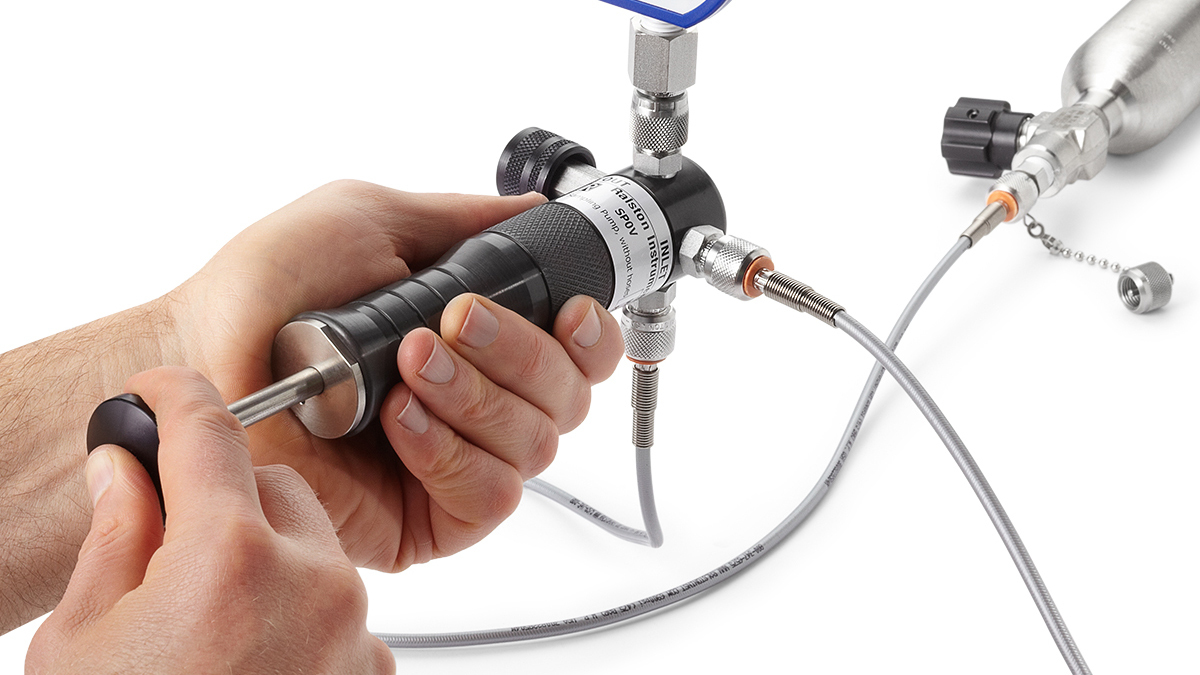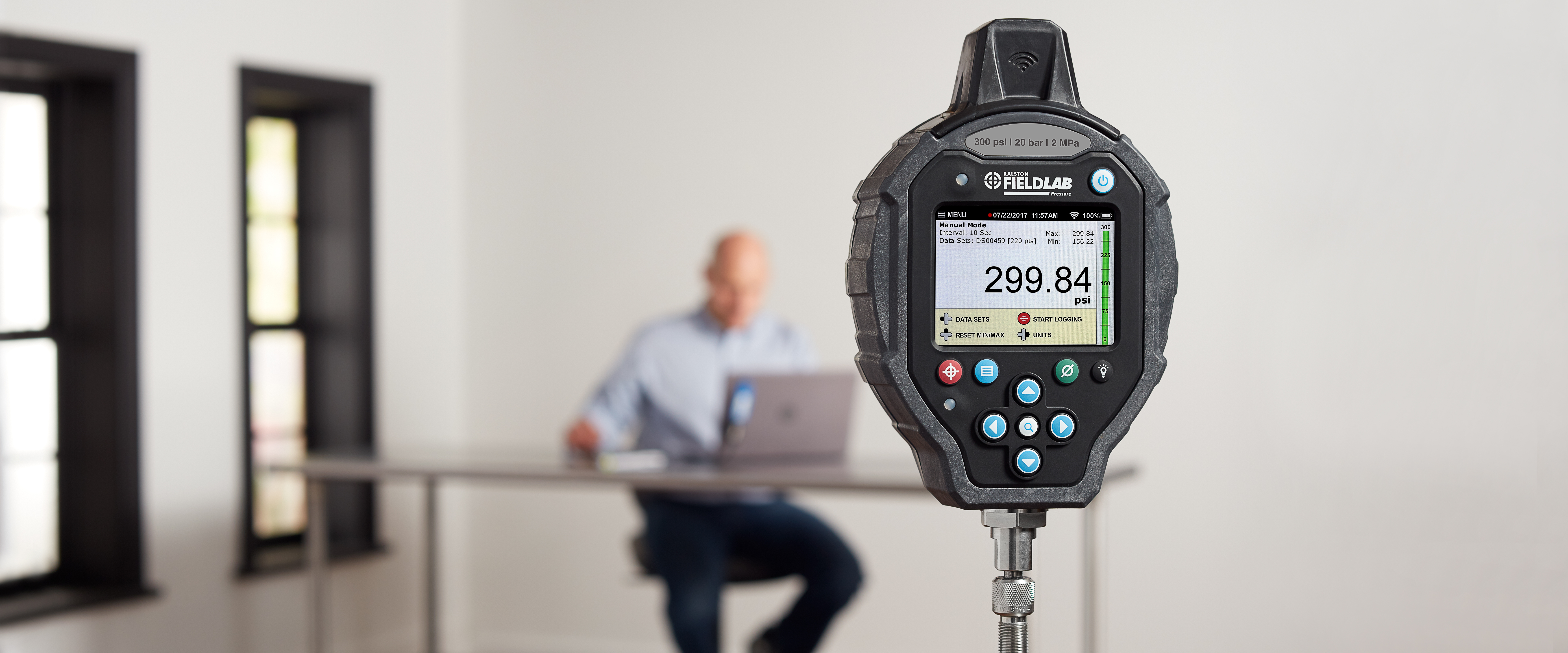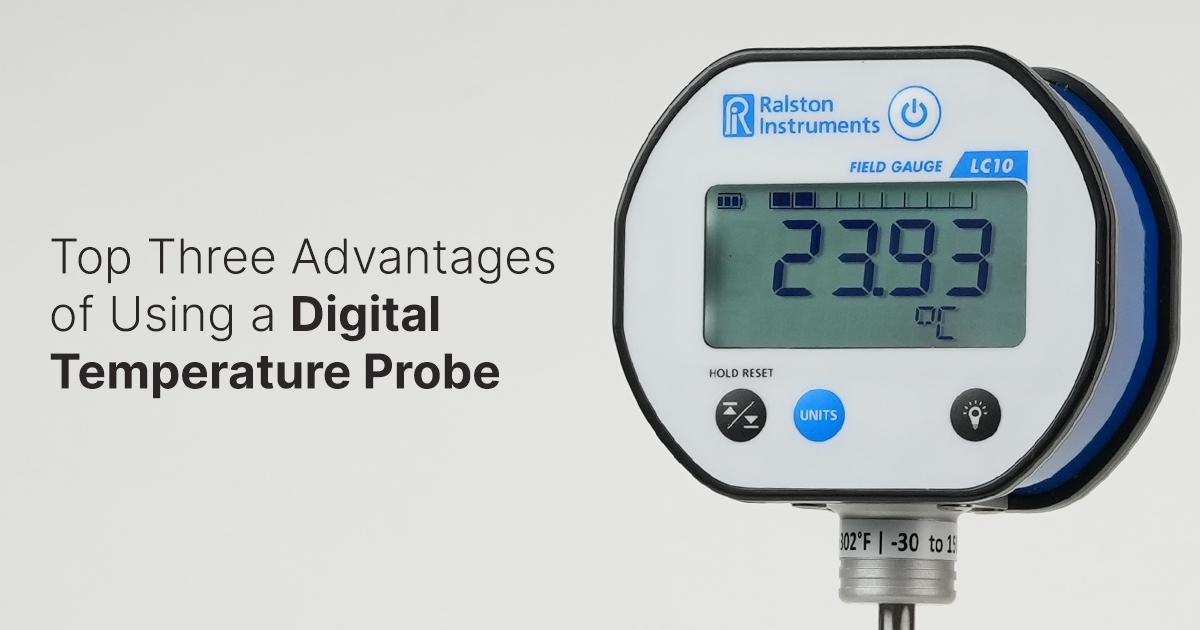Hydrostatic testing is the primary method used to test for leaks and assess the structural integrity of meter skids, compressed gas cylinders, boilers, tubing, pipelines and other pressurized vessels. It’s performed by filling the system with water, pressurizing it up to a level greater than Maximum Allowable Working Pressure (MAWP), and monitoring for visible and/or measurable leaks during a specified amount of time.
The Importance of Hydrostatic Testing
By measuring the rate of expansion of the unit, hydrostatic testing can determine whether a vessel can safely hold the amount of pressure it’s rated for. It ensures that the weld joints and flanges are fitted properly, and confirms that the material used has the required strength to sustain the pressure. This is especially important in industrial applications involving the storage and transportation of fuel, chemicals, and other hazardous materials that can explode if they fail under pressure, and in pipelines, where a weakness in the structural integrity of a pipe could dramatically impact both the environment and our economy.
The Hydrostatic Testing Procedure
A hydrostatic test should only be performed by skilled personnel to avoid safety incidents. The procedure will differ slightly depending on the type of vessel being tested, but the goal of all hydrostatic testing is to examine the strength of the unit under test and identify leaks or weak spots. Once the air is removed from the vessel and it has been brought to test pressure (typically 1.5X its designed pressure limit but different standards have different pressure requirements), the techs must carefully monitor and record pressure regularly over the course of the test. Pressure, media and ambient temperature readings are taken digitally or with a chart recorder at specific set frequencies determined by industry codes and standards. The tests can take anywhere from 2 to 12 hours, depending on the application.
Hydrostatic Testing Frequency
Hydrostatic testing is a mandatory prerequisite in pipeline, meter skid and wellhead commissioning and it is also used to qualify smaller pressure vessels for service. The frequency of re-qualification testing depends on the age of the unit, the substance it contains, the material construction and its rating by the original equipment manufacturer (OEM). US Department of Transportation (DOT), Transport Canada (TC) and the European Union Pressure Equipment Directive (PED) all have different requirements that typically range between 3-5 years.

A Digital Solution for Monitoring Hydrostatic Tests
Chart recorders have been used to monitor and record hydrostatic test data for decades, but advances in digital technology have introduced a more streamlined data collection process that includes the ability to download data using wireless or USB. Our Ralston Hydrostatic Test Kits allow you to collect pressure and temperature data at selected intervals, add custom fields, and create detailed reports with graphs - all with an accuracy level 10x greater than a typical chart recorder.
Learn more about our Hydrostatic Test Kits and range of quick-connects for high pressure connections on most standard test points.
